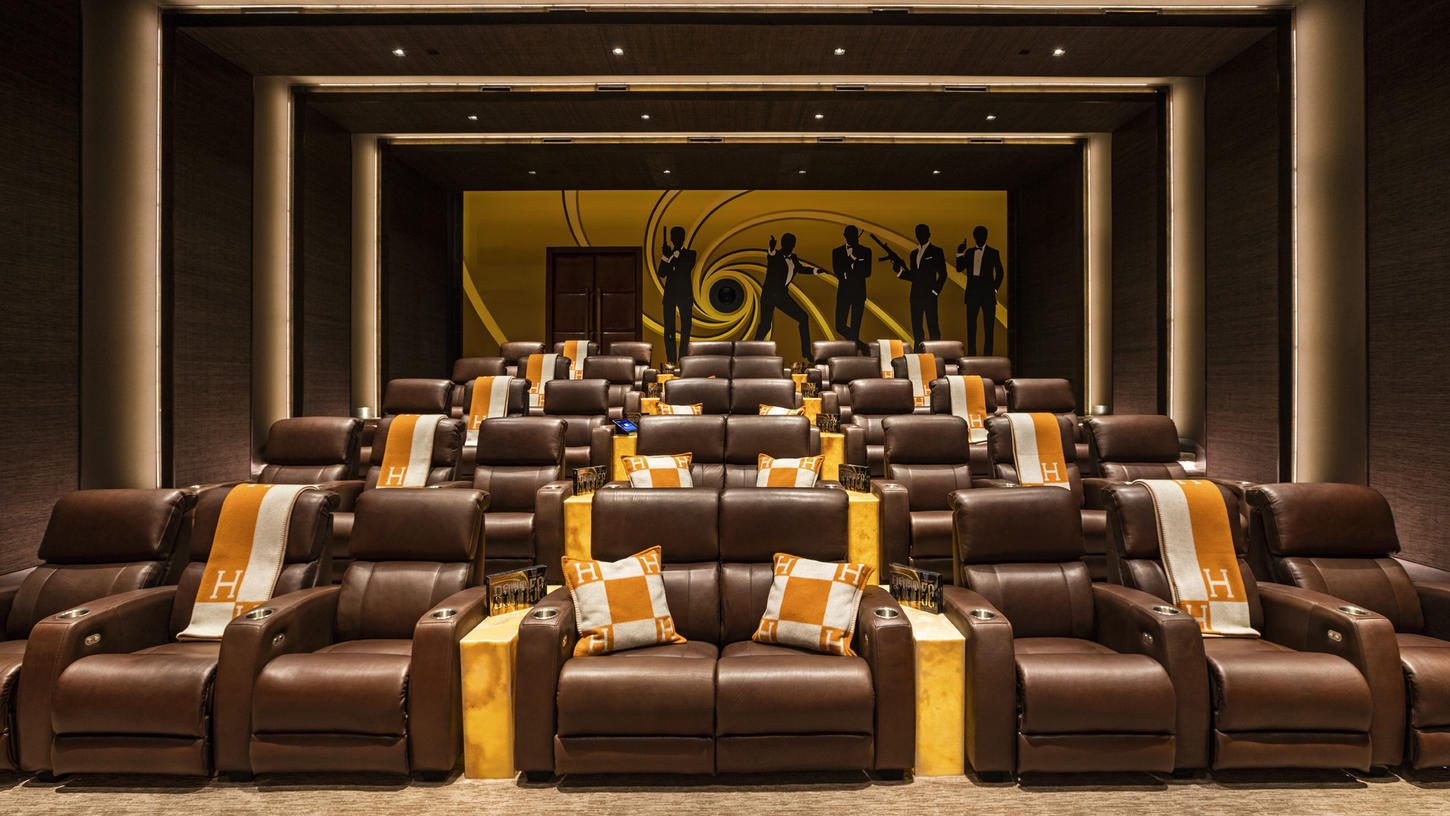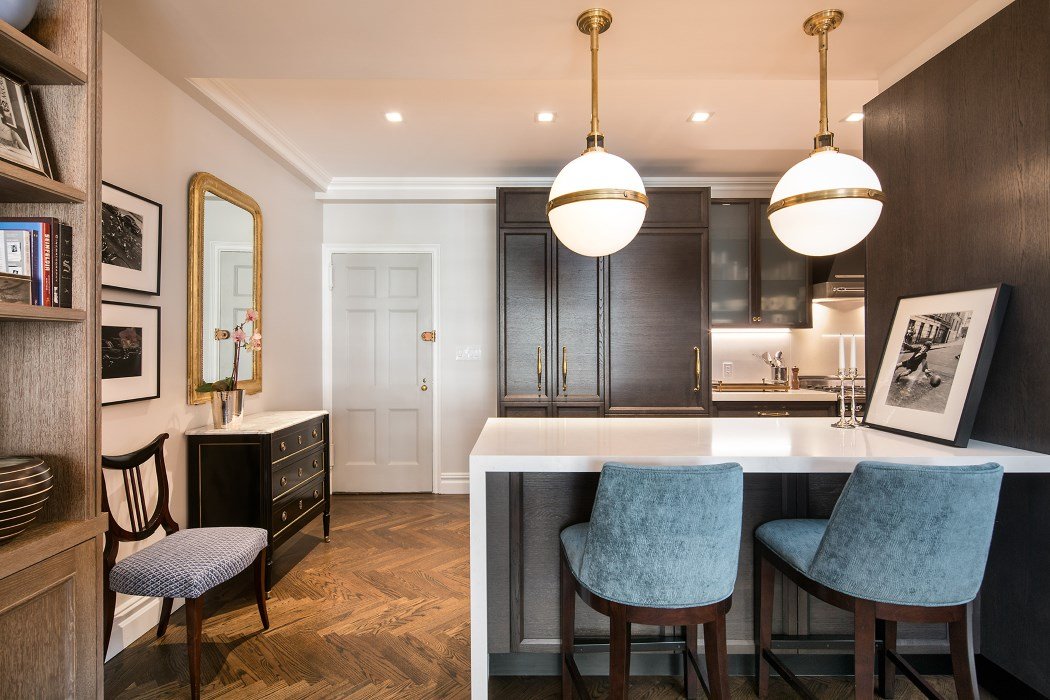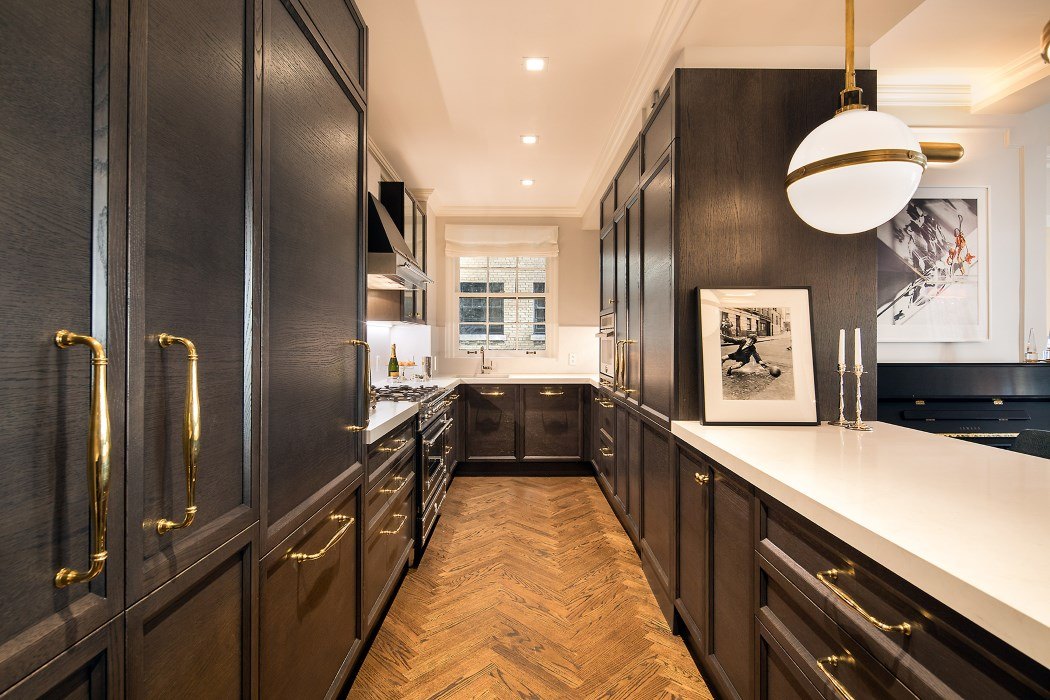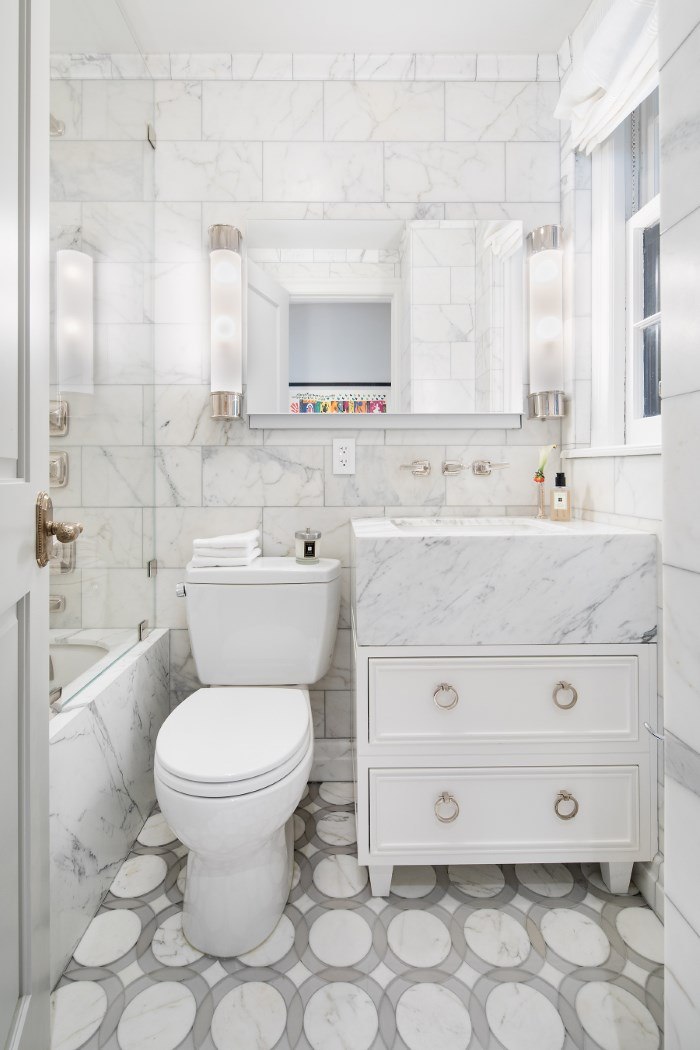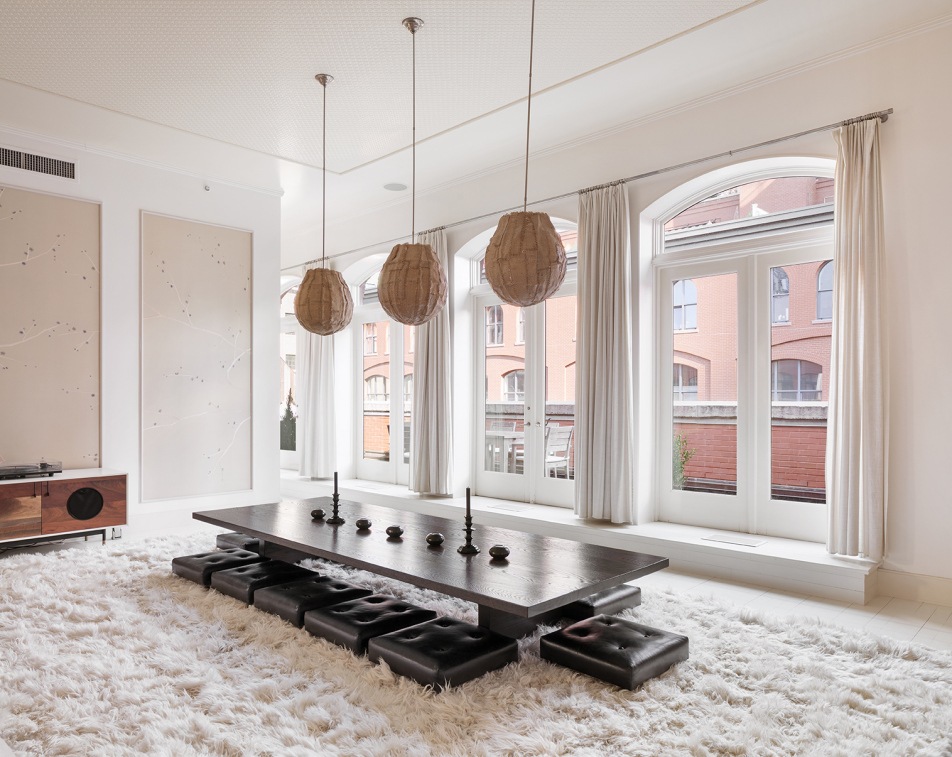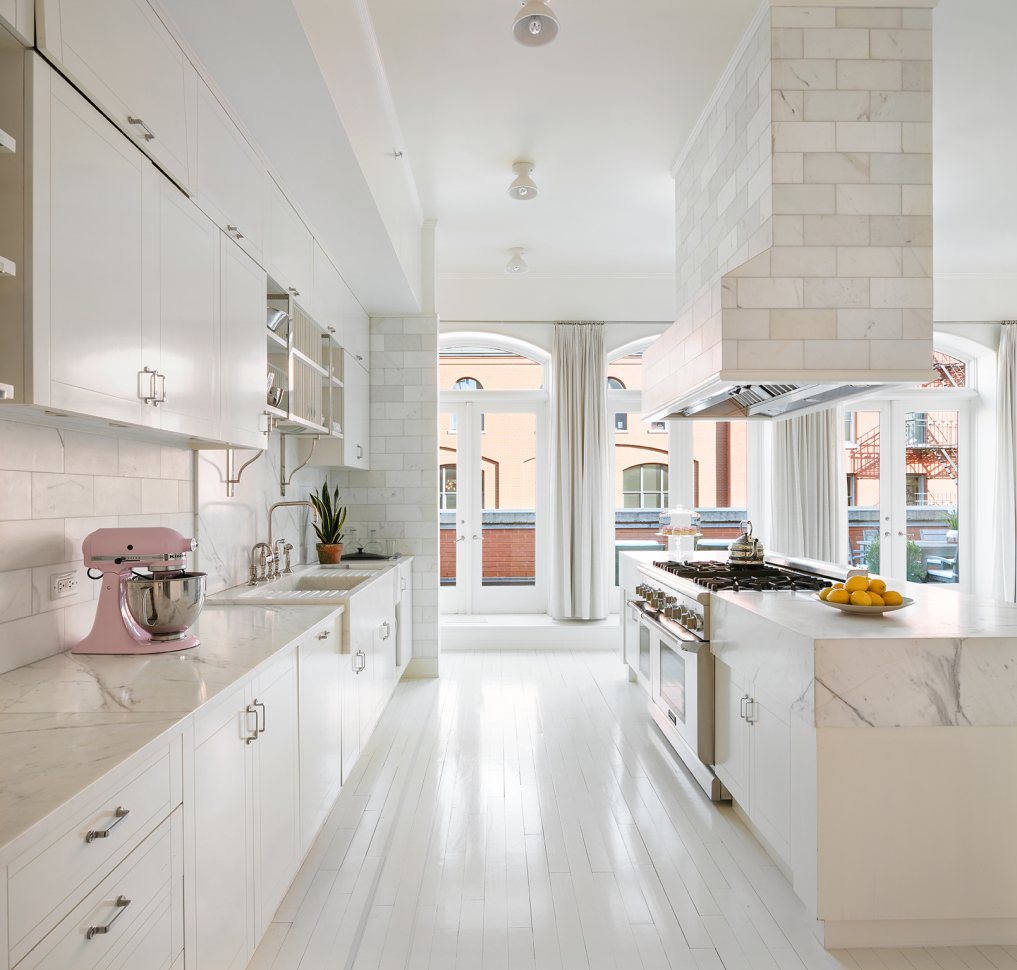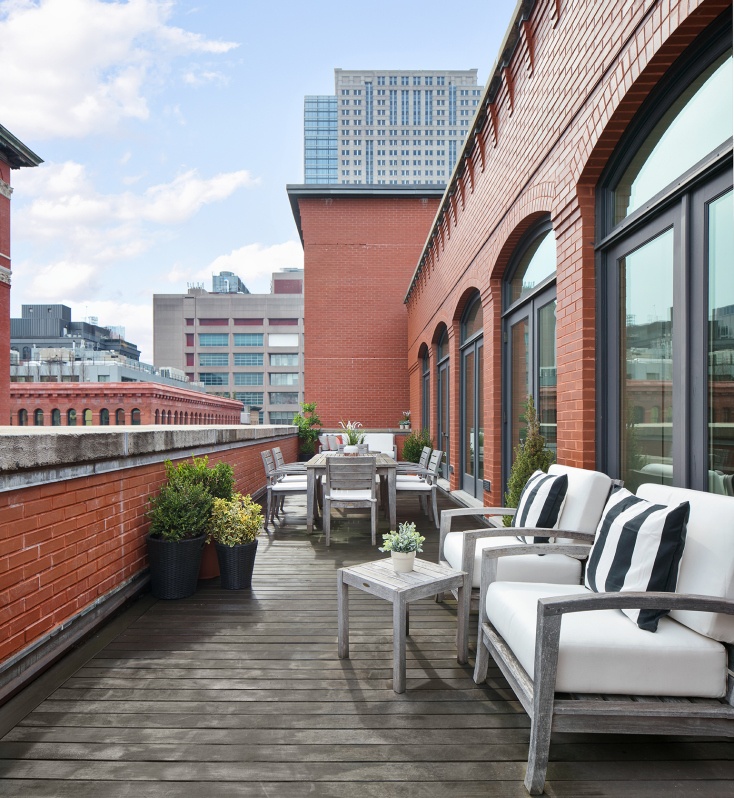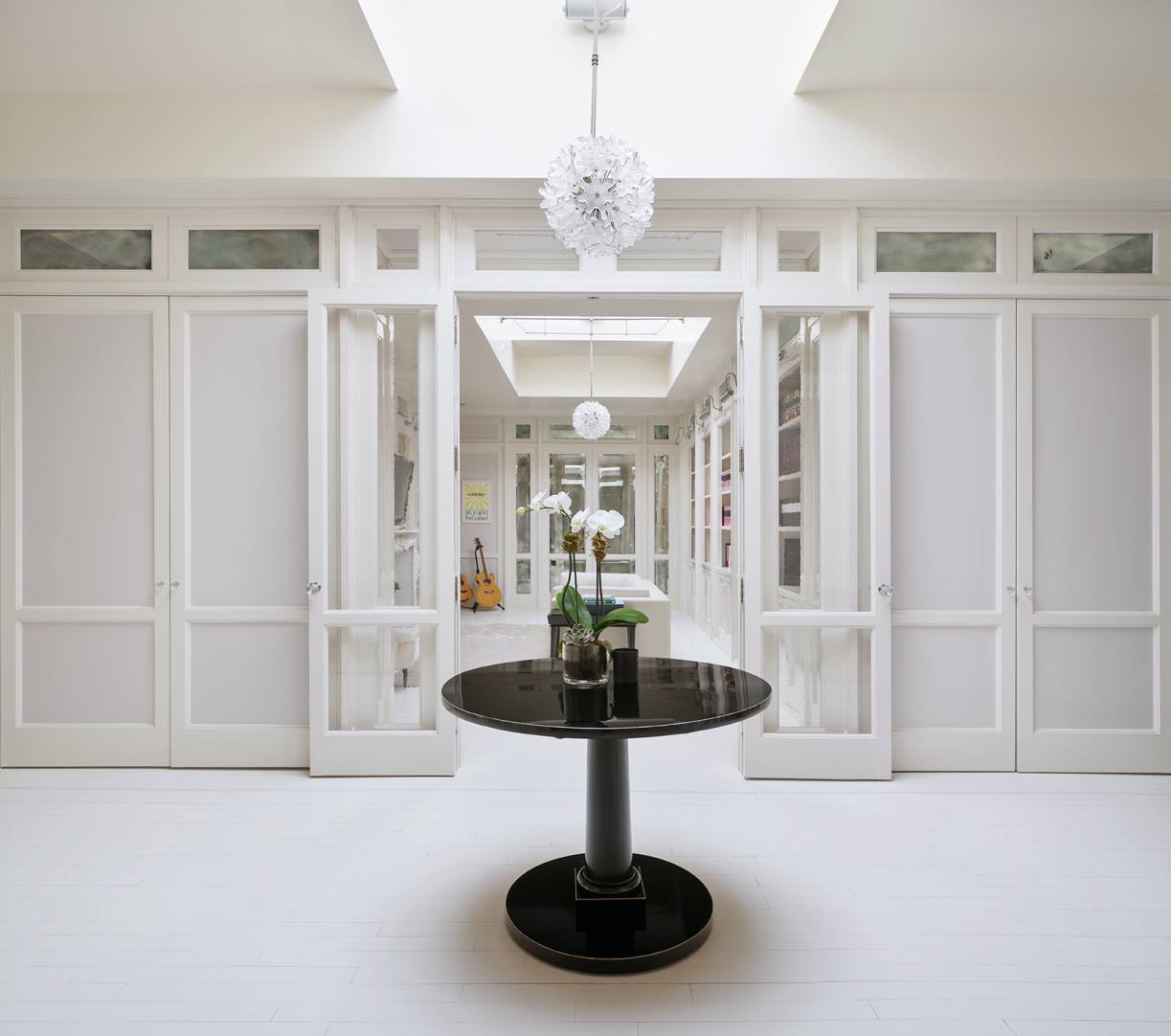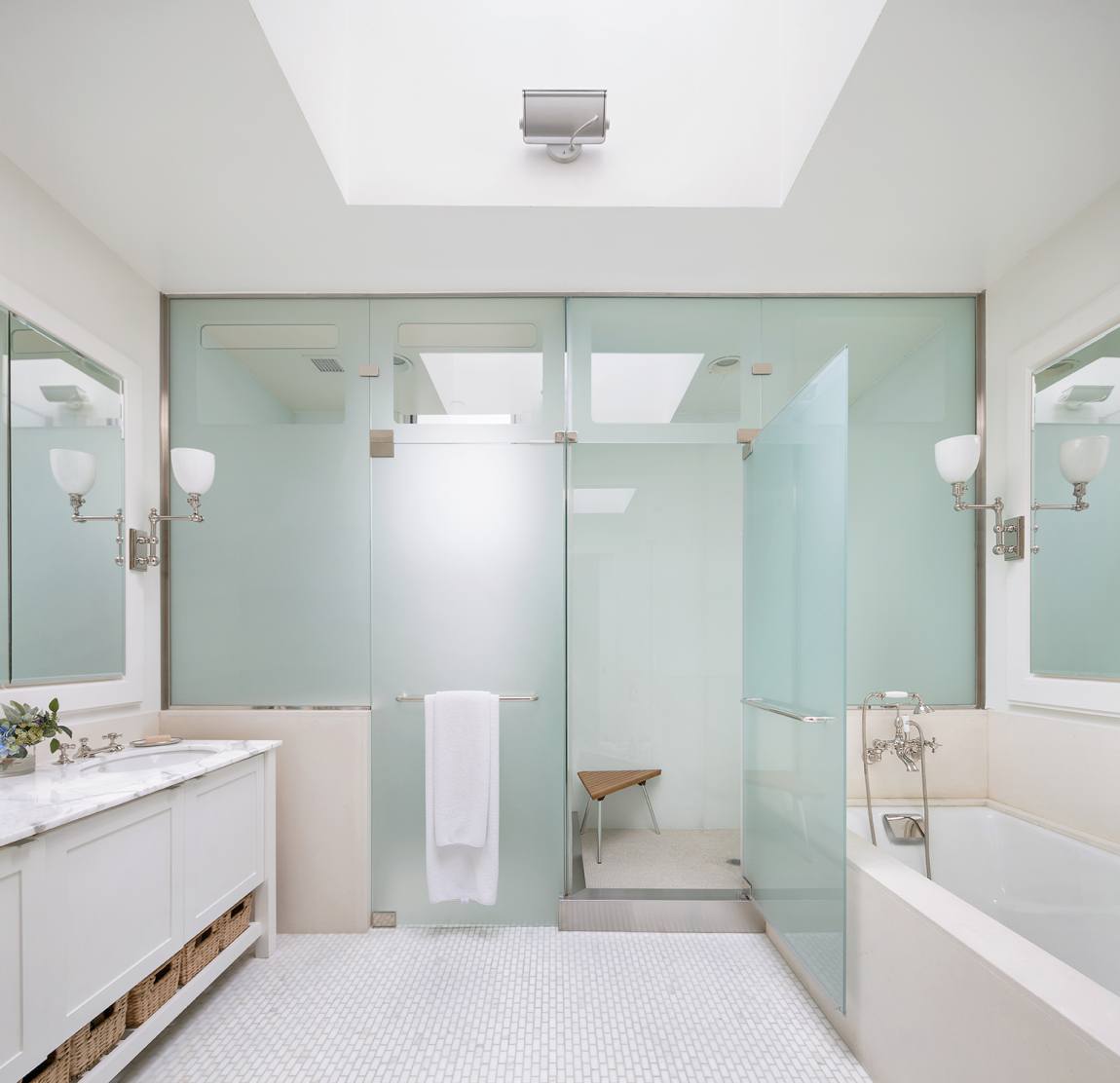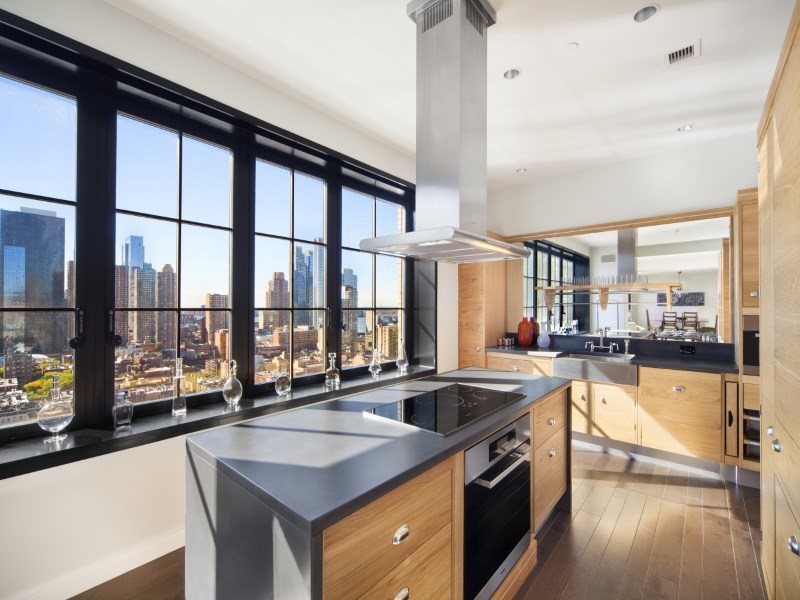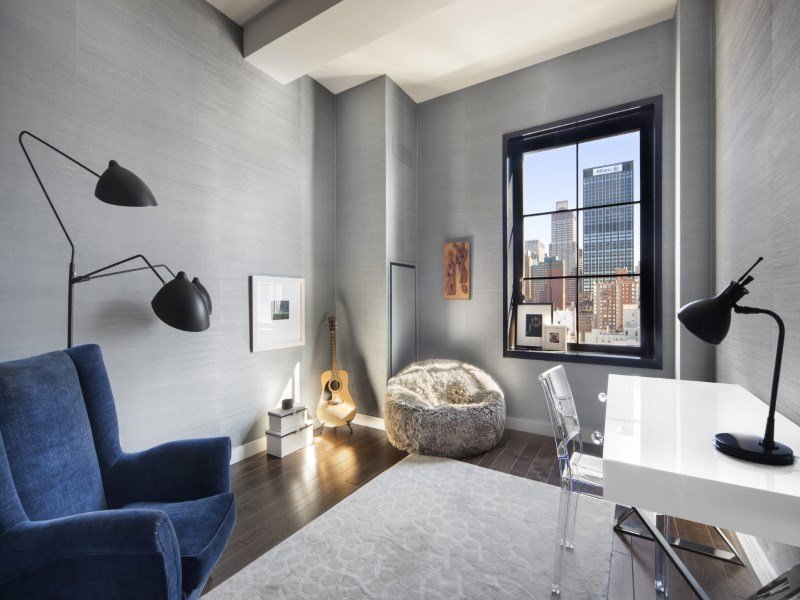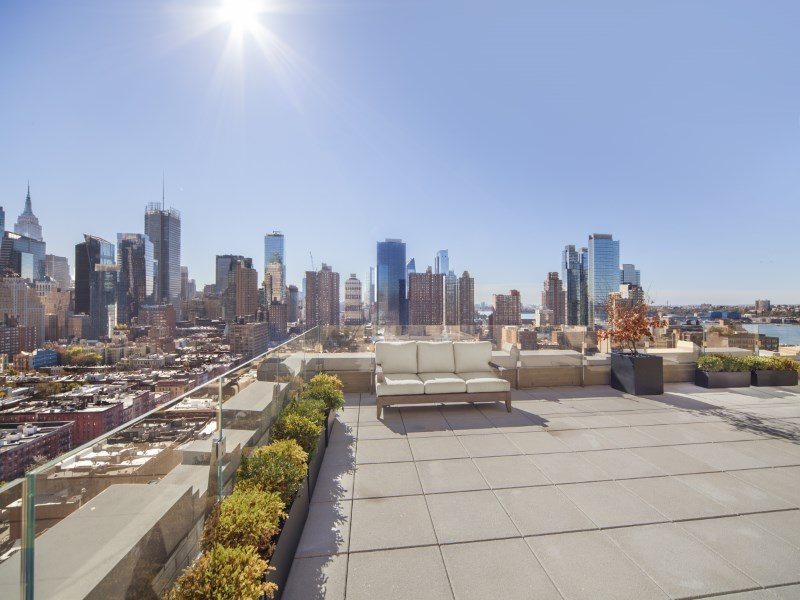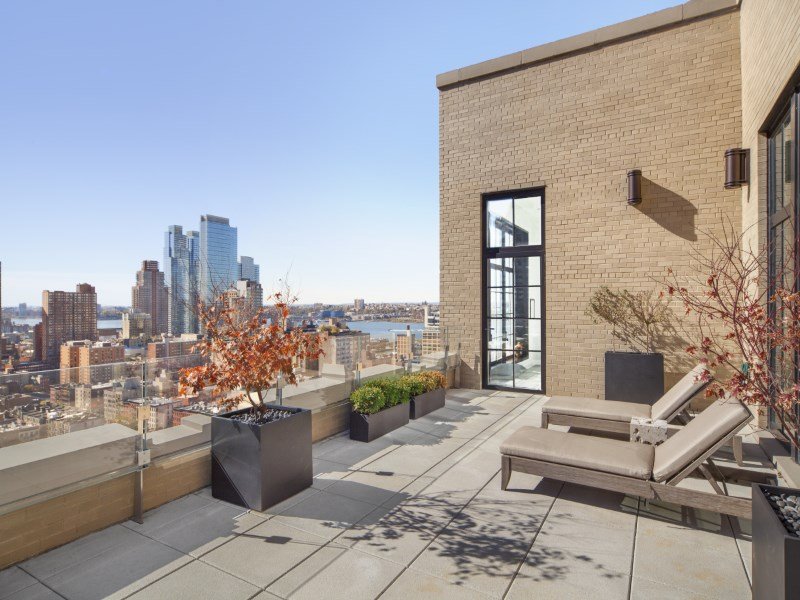With its undulating glass facade, 252 East 57th Street was among the marquee new developments that promised to reshape Midtown East back when it debuted in late 2014. But after an extended period of sluggish sales – just under half the condominium’s 95 units remain unsold – the developers decided it was time to take drastic measures.
On top of price cuts last year, World Wide Group and Rose Associates are now offering brokers a 4 percent commission, including 1 percent that’s non-refundable and will be paid as soon as a contract is inked.
“We were trying to think outside the box in terms of what would set us apart,” said Stribling’s Pamela D’Arc, who is marketing the condos. “People come down 57th Street and I think they literally go from one end to the other.”
Discounts have been part of the high-end condo market’s story for many months now, but price slashing is not the only way developers are trying to hook buyers. Faced with stiff competition from a heap of new luxury product on the market, developers are paying transfer taxes, offering discounts, dangling gifts cards and other sweeteners in front of brokers and buyers.
It’s all about getting deals done as quickly as possible.
“They don’t want to give off the perception that they’re lowering prices, so they may offer a concession,” said Douglas Elliman’s Vickey Barron. For buildings with unsold inventory, offering incentives can be an easy way to move sales along, she said.
“They’re not wrong for doing it,” Barron added. “You don’t want to be sitting with empty apartments.”
Developers whose construction loans are coming due have the most on the line, and are anxious to stave off lenders anxious about getting paid back.
“The pressure on developers is starting,” said one marketing executive. “I’ve been getting calls from banks asking what the larger units will rent for.”
Slow & Soft
It’s taking longer to sell new condos these days as high-priced units planned during 2014 and 2015 flood the market. New development sales dropped 13.2 percent year-over-year to 479 units during the fourth quarter, according to appraisal firm Miller Samuel. Meanwhile, the average number of days on the market jumped 20.7 percent to 181 during that time.
“People come down 57th Street and I think they literally go from one end to the other.”
In recent months, the slowdown has spooked a handful of developers, notably CL Investment, which scrapped its $300 million luxury condo conversion at 287 Park Avenue South this fall. In February, the Chinese investment firm also sold its 32.9 percent stake in Coda, Magnum Real Estate Group’s rental-to-condo conversion at 385 First Avenue.
Kuafu Properties hit pause on its major development at 161 East 60th Street, a $300 million site now controlled by ex-Kuafu principal Denis Shan, while JDS Development Group and Property Markets Group suspended sales at 111 West 57th Street last year. At the time, PMG’s Kevin Maloney preached the value of waiting until the market improved.
In instances where waiting isn’t an option, buyers are calling the shots, he recently observed.
“The next two years will be the year of the deal,” Maloney told Bloomberg this fall. “If you have cash, I can’t imagine there’s not a condo project that’s coming out of the ground where you can’t walk into the sales office and say ‘This is the deal I’m willing to offer.’”
And while the terms of those deals may not be ideal, many developers aren’t in the position to call the shots.
“In a strong market we would say no — in a soft market like now, we would consider it.” said Elliman’s Richard Steinberg, who is marketing the Chamberlain, Simon Baron Development and Quadrum Global’s 39-unit condop at 269 West 87th Street. He said buyers always try to push the closing costs, transfer taxes and mansion taxes onto developers — that’s the name of the game. The difference is, in a market like this one, they’re more likely to be successful.
“At the end of the day, it’s what is net to the developer,” Steinberg said. “So if it’s a higher offer, and they want us to pay closing costs, of course we would do it.”
Just The Tax
While many developers stay mum about offering concessions, others talk them up as a marketing tool.


























